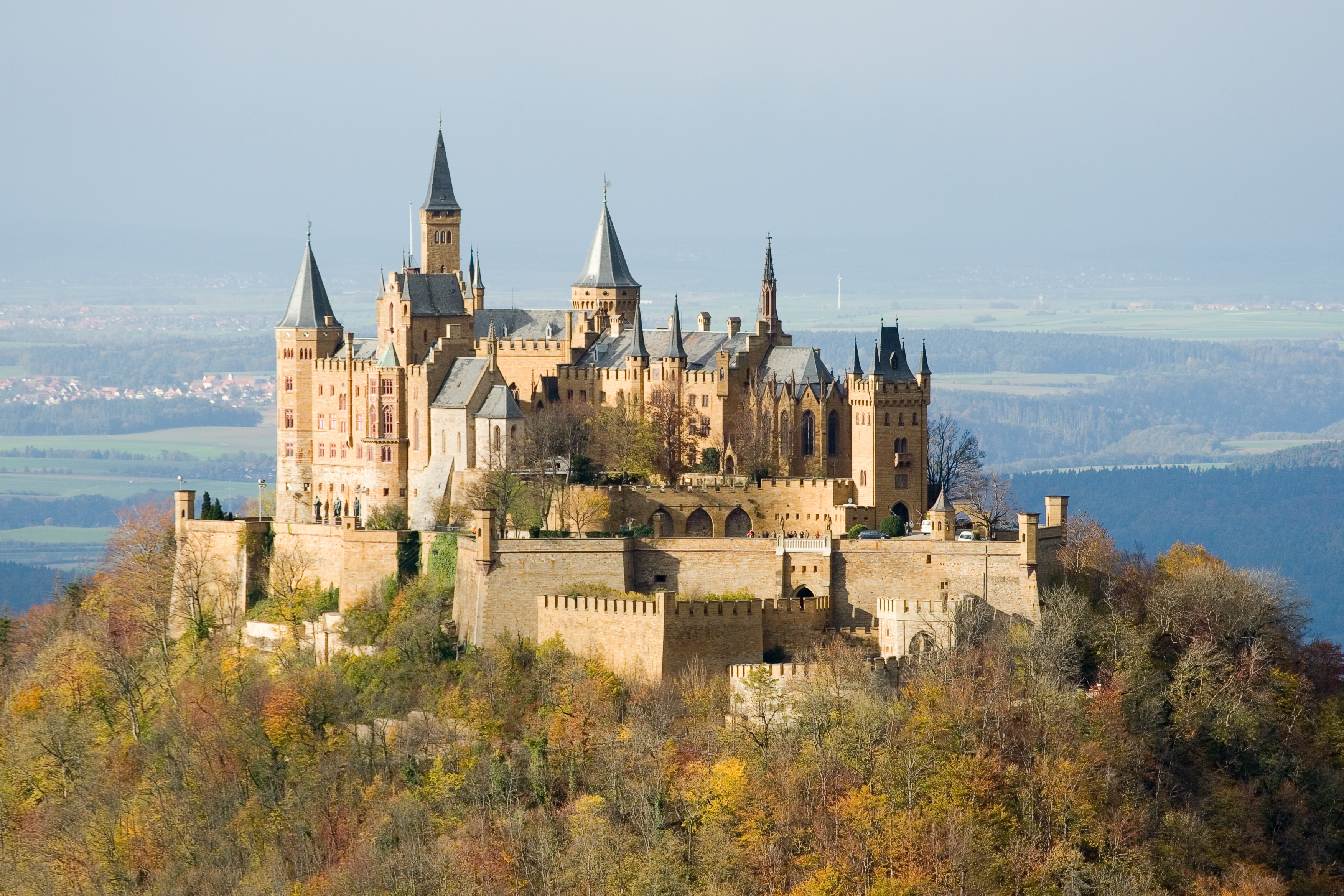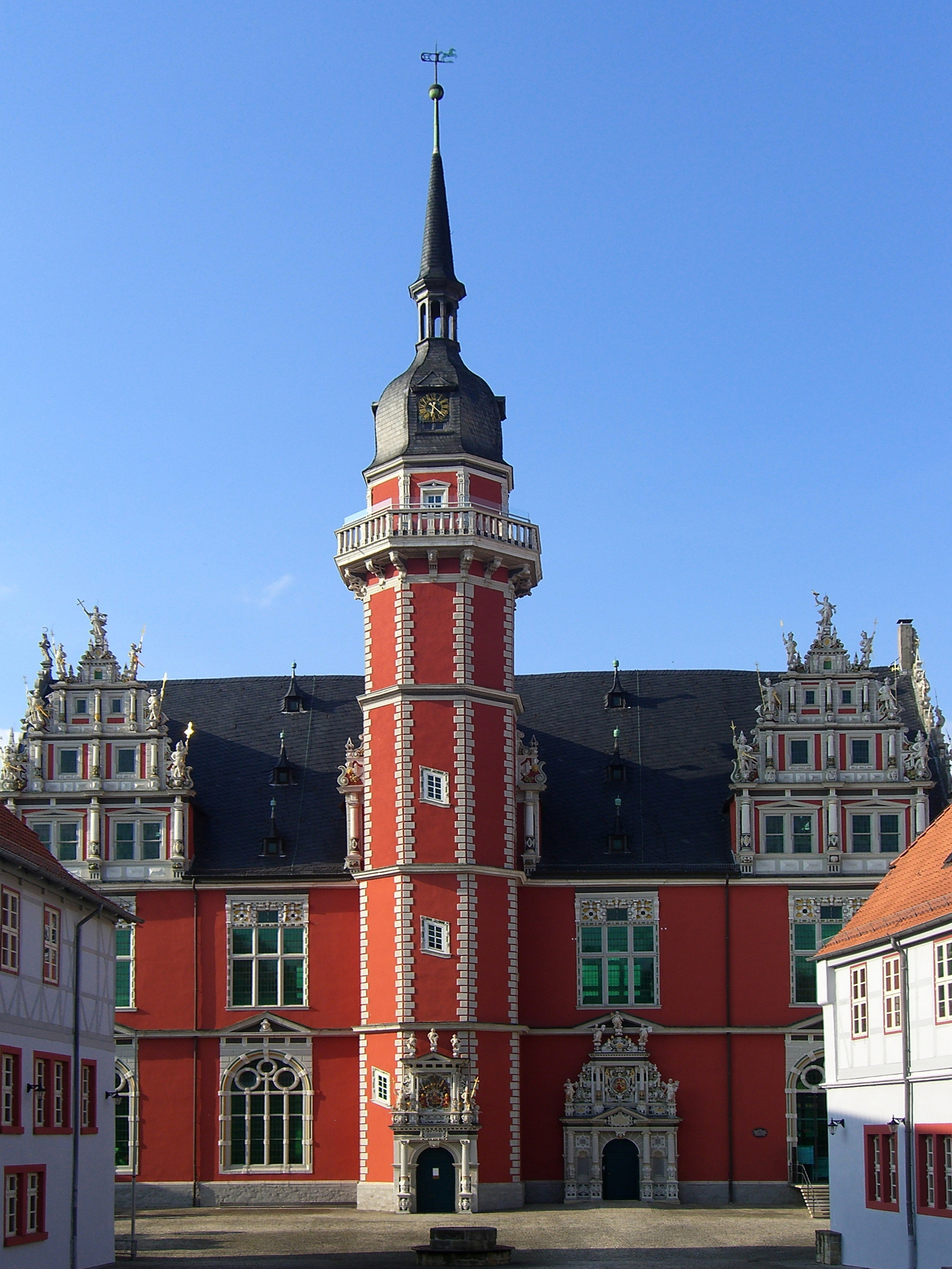|
Christian William Of Brandenburg
Christian Wilhelm of Brandenburg (28 August 1587 – 1 January 1665) was a titular Margrave of Brandenburg, and from 1598 to 1631 Archbishop of Diocese of Magdeburg, Magdeburg. Life Christian Wilhelm was a son of Elector Joachim Frederick, Elector of Brandenburg, Joachim Frederick of Brandenburg (1546-1608) from his first marriage with Catherine of Brandenburg-Küstrin, Catherine (1549-1602), a daughter of Margrave John, Margrave of Brandenburg-Küstrin, John of Brandenburg-Küstrin (1513-1571). He was elected as Archbishop of Magdeburg in 1598. However, the city of Magdeburg did not recognize him as Prince-Bishop, because his election had not been confirmed by the emperor. When he married in 1614, he assumed the title of Lutheran Diocesan Administrator, administrator only. That same year, he also became coadjutor of Bishopric of Halberstadt, Halberstadt. In 1624, he became administrator of Halberstadt. During the Thirty Years' War, he entered into an alliance with Denmark ... [...More Info...] [...Related Items...] OR: [Wikipedia] [Google] [Baidu] |
House Of Hohenzollern
The House of Hohenzollern (, ; , ; ) is a formerly royal (and from 1871 to 1918, imperial) German dynasty whose members were variously princes, Prince-elector, electors, kings and emperors of Hohenzollern Castle, Hohenzollern, Margraviate of Brandenburg, Brandenburg, Prussia, the German Empire, and Kingdom of Romania, Romania. The family came from the area around the town of Hechingen in Swabia during the late 11th century and took their name from Hohenzollern Castle. The first ancestors of the Hohenzollerns were mentioned in 1061. The Hohenzollern family split into two branches, the Catholic Church, Catholic Swabian branch and the Protestantism, Protestant Burgraviate of Nuremberg#List of burgraves, Franconian branch,''Genealogisches Handbuch des Adels, Fürstliche Häuser'' XIX. "Haus Hohenzollern". C.A. Starke Verlag, 2011, pp. 30–33. . which ruled the Burgraviate of Nuremberg and later became the Brandenburg-Prussian branch. The Swabian branch ruled the principalities of Hoh ... [...More Info...] [...Related Items...] OR: [Wikipedia] [Google] [Baidu] |
Battle Of Dessau Bridge
The Battle of Dessau Bridge () was a significant battle of the Thirty Years' War between Danish Protestants and the Imperial German Catholic forces on the Elbe River outside Dessau, Germany on 25 April 1626. This battle was an attempt by Ernst von Mansfeld to cross the in order to invade the headquarters of the Imperial Army in Magdeburg, Germany. The Dessau bridge was the only land access between Magdeburg and Dresden, which made it difficult for the Danes to advance. The Count of Tilly wanted control of the bridge in order to prevent King Christian IV of Denmark from having access to Kassel and to protect the Lower Saxon Circle. The Imperial German forces of Albrecht von Wallenstein handily defeated the Protestant forces of Ernst von Mansfeld in this battle. Preparation for battle Albrecht von Wallenstein began his preparation in October and November 1625 by settling in the Halberstadt-Aschersleben area and extending its borders. Wallenstein and the growing Imperial Army ... [...More Info...] [...Related Items...] OR: [Wikipedia] [Google] [Baidu] |
Frederick William II, Duke Of Saxe-Altenburg
Friedrich Wilhelm II (12 February 1603, in Weimar – 22 April 1669, in Altenburg), was a duke of Saxe-Altenburg. He was the youngest son of Friedrich Wilhelm I, Duke of Saxe-Weimar, and Countess Palatine Anna Maria of Neuburg, Anna Maria of the Palatinate-Neuburg, his second wife. He was born eight months after the death of his father, on 7 July 1602. Shortly after his birth, Friedrich Wilhelm II and his older brothers inherited Saxe-Altenburg as co-rulers under the guardianship of the Electors of Saxony Christian II, Elector of Saxony, Christian II and John George I, Elector of Saxony, John George I until 1618, when his older brother John Philip assumed the government of the duchy and the guardianship of his younger siblings. By 1632, two of his three brothers were deceased. Friedrich Wilhelm II and his older brother Johann Philipp, Duke of Saxe-Altenburg, John Philip began a joint government; but, in fact, John Philip was the real and only ruler of the duchy of Saxe-Altenbur ... [...More Info...] [...Related Items...] OR: [Wikipedia] [Google] [Baidu] |
Henry Julius, Duke Of Brunswick-Lüneburg
Henry Julius (; 15 October 1564 – 30 July 1613), a member of the House of Welf, was Duke of Brunswick-Lüneburg and ruling Prince of Brunswick-Wolfenbüttel from 1589 until his death. He also served as administrator of the Prince-Bishopric of Halberstadt from 1566 and of the Prince-Bishopric of Minden between 1582 and 1585. Biography Early life Henry Julius was born in Hessen am Fallstein as the eldest son of Duke Julius of Brunswick-Lüneburg (1528–1589) and his wife Hedwig of Brandenburg (1540–1602), at the time when the Principality of Brunswick-Wolfenbüttel was still under the rule of his grandfather Duke Henry V. Already in 1566, at the age of two, he was elected Lutheran administrator of the Halberstadt bishopric by the cathedral chapter; however, a condition of his election was an agreement that the cathedral chapter would lead the prince-bishopric under its own authority until Henry Julius reached the age of 14. His father implemented the Protestant Reformat ... [...More Info...] [...Related Items...] OR: [Wikipedia] [Google] [Baidu] |
Wolfenbüttel
Wolfenbüttel (; ) is a town in Lower Saxony, Germany, the administrative capital of Wolfenbüttel District Wolfenbüttel (; ) is a town in Lower Saxony, Germany, the administrative capital of Wolfenbüttel (district), Wolfenbüttel District. It is best known as the location of the internationally renowned Herzog August Library and for having the lar .... It is best known as the location of the internationally renowned Herzog August Library and for having the largest concentration of timber-framed buildings in Germany, around 1,000. It is an Landesbischof, episcopal see of the Evangelical Lutheran Church in Brunswick. It is also home to the Jägermeister distillery, houses a campus of the Ostfalia Hochschule für angewandte Wissenschaften, Ostfalia University of Applied Sciences, and the Landesmusikakademie of Lower Saxony. Geography The town center is located at an elevation of on the Oker river near the confluence with its Altenau (Oker), Altenau tributary, about south ... [...More Info...] [...Related Items...] OR: [Wikipedia] [Google] [Baidu] |
Zinna
Zinna () is a village and a former municipality in the district Nordsachsen, in Saxony, Germany Germany, officially the Federal Republic of Germany, is a country in Central Europe. It lies between the Baltic Sea and the North Sea to the north and the Alps to the south. Its sixteen States of Germany, constituent states have a total popu .... Since 1 January 2013, it is part of the town Torgau. See also * Treaty of Zinna * Zinna Abbey References Former municipalities in Saxony Torgau {{Nordsachsen-geo-stub ... [...More Info...] [...Related Items...] OR: [Wikipedia] [Google] [Baidu] |
Loburg
Loburg is a town and former municipality in the Jerichower Land district, in Saxony-Anhalt, Germany. It is situated on the river Ehle, north of Zerbst. Since 1 January 2009, it is part of the town Möckern. The town was first mentioned in the year 965. Local sights are the old town hall from 1747, and the ruins of an 8th century castle. It is home to the Stork Farm Loburg, a sanctuary for injured storks Storks are large, long-legged, long-necked wading birds with long, stout Beak, bills. They belong to the family (biology), family Ciconiidae, and make up the order Ciconiiformes . Ciconiiformes previously included a number of other families, suc ... and other wild birds. The Storchenhof also does research in the migration routes and behaviour of storks. It is open to visitors year-round. Towns in Saxony-Anhalt Former municipalities in Saxony-Anhalt Möckern Fläming Heath {{JerichowerLand-geo-stub ... [...More Info...] [...Related Items...] OR: [Wikipedia] [Google] [Baidu] |
Peace Of Prague (1635)
The Peace of Prague, dated 30 May 1635 Old Style, was a significant turning point in the Thirty Years' War. Signed by John George I, Elector of Saxony, and Ferdinand II, Holy Roman Emperor, the terms ended Saxony's support for the anti-Imperial coalition led by Sweden. Other states within the Holy Roman Empire subsequently joined the treaty, and their exit was a key factor in Catholic France entering the war as an ally of Protestant Sweden. Although fighting continued until 1648, it is generally agreed Prague ended the war as primarily one of religion. Background The Thirty Years' War began in 1618 when the Protestant Frederick V of the Palatinate, accepted the crown of Bohemia. Most members of the Holy Roman Empire viewed it as an internal dynastic dispute. With Bavarian support, Emperor Ferdinand quickly suppressed the Bohemian Revolt. Troops under Maximilian I, Elector of Bavaria invaded the Palatinate in 1622 and sent Frederick into exile. However, depriving a h ... [...More Info...] [...Related Items...] OR: [Wikipedia] [Google] [Baidu] |
Catholicism
The Catholic Church (), also known as the Roman Catholic Church, is the List of Christian denominations by number of members, largest Christian church, with 1.27 to 1.41 billion baptized Catholics Catholic Church by country, worldwide as of 2025. It is among the world's oldest and largest international institutions and has played a prominent role in the history and development of Western civilization.Gerald O'Collins, O'Collins, p. v (preface). The church consists of 24 Catholic particular churches and liturgical rites#Churches, ''sui iuris'' (autonomous) churches, including the Latin Church and 23 Eastern Catholic Churches, which comprise almost 3,500 dioceses and Eparchy, eparchies List of Catholic dioceses (structured view), around the world, each overseen by one or more Bishops in the Catholic Church, bishops. The pope, who is the bishop of Rome, is the Papal supremacy, chief pastor of the church. The core beliefs of Catholicism are found in the Nicene Creed. The ... [...More Info...] [...Related Items...] OR: [Wikipedia] [Google] [Baidu] |
Jesuit
The Society of Jesus (; abbreviation: S.J. or SJ), also known as the Jesuit Order or the Jesuits ( ; ), is a religious order (Catholic), religious order of clerics regular of pontifical right for men in the Catholic Church headquartered in Rome. It was founded in 1540 by Ignatius of Loyola and six companions, with the approval of Pope Paul III. The Society of Jesus is the largest religious order in the Catholic Church and has played significant role in education, charity, humanitarian acts and global policies. The Society of Jesus is engaged in evangelization and apostolic ministry in 112 countries. Jesuits work in education, research, and cultural pursuits. They also conduct retreats, minister in hospitals and parishes, sponsor direct social and humanitarian works, and promote Ecumenism, ecumenical dialogue. The Society of Jesus is consecrated under the patron saint, patronage of Madonna della Strada, a title of the Blessed Virgin Mary, and it is led by a Superior General of ... [...More Info...] [...Related Items...] OR: [Wikipedia] [Google] [Baidu] |
Gottfried Heinrich Graf Zu Pappenheim
Gottfried Heinrich Graf zu Pappenheim (29 May 1594 – 17 November 1632) was a German field marshal of the Holy Roman Empire in the Thirty Years' War. A supporter of the Catholic League, he was mortally wounded during the Battle of Lützen fighting the Protestant forces under Swedish king Gustavus Adolphus. Biography Pappenheim was born in the little town of Treuchtlingen, a secondary seat of his family, the ruling Lords of Pappenheim on the Altmühl in Bavaria, a free lordship of the empire ''(see: Pappenheim (state))'', from which the ancient family to which he belonged derived its name. He was the second son of Veit zu Pappenheim, Lord of Treuchtlingen and Schwindegg, and his second wife Maria Salome von Preysing-Kopfsburg. He was educated at Altdorf and Tübingen, and subsequently traveled in southern and central Europe, mastering the various languages, and seeking knightly adventures. His stay in these countries led him eventually to adopt the Roman Catholic faith in ... [...More Info...] [...Related Items...] OR: [Wikipedia] [Google] [Baidu] |



